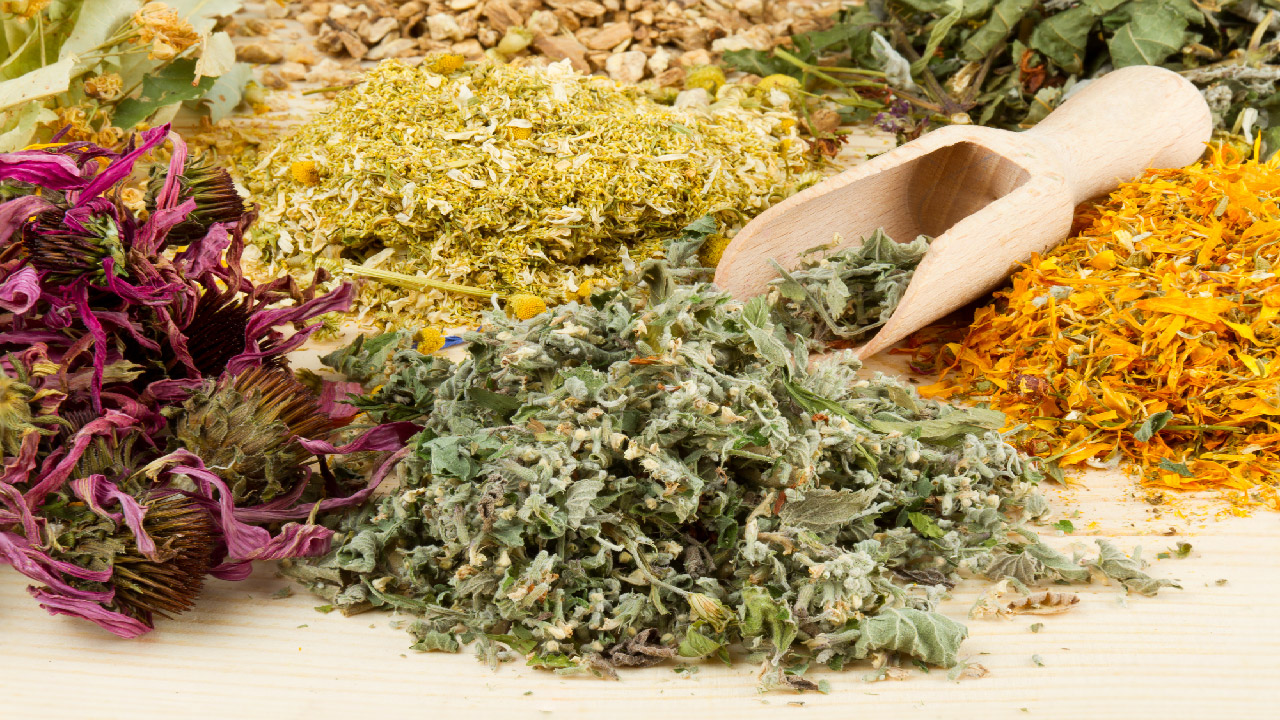How to Grow Herbs and Spices at Home
Apr 20th 2023
One of the easiest and most accessible places to start growing your own food is with herbs and spices. Whether you only have indoor space available, or acres and acres to start growing, herbs are a delicious and simple place to hone your skills. Read on to learn what you need to do to start growing your own herbs and spices right at home.
How To Start Growing Herbs and Spices
There are two main ways people can start to grow their own herbs: with transplants or with seeds. Transplants are the easiest way to get herbs and they are usually available in grocery stores year-round. However, transplants do not offer the same control over how the herbs are raised. You don't know about the quality of the soil or if any synthetic inputs have been used to raise the plants. Seeds, on the other hand, offer total control but require more hands-on management. It all comes down to individual preference.
Starting Seeds
Seeds can either be started indoors or directly seeded outside. The requirements for this will change depending on the herb or spice you want to grow and your growing zone. Check your seed package for more information. In either case, you will need to ensure that your soil remains damp after you add your seeds, but not over-saturated while the seeds begin to sprout. Indoor seed starting simply requires a container with holes in the bottom and access to light. If you don't have any brightly lit rooms, grow lights may be necessary.
Chamomile, caraway, and dill are a few examples of plants that grow better when directly seeded outside in your garden. Wait to place these seeds in the garden until after the threat of frost has passed. After the first year, dill also tends to self-sow, so be sure to place it in an area you are likely to keep in for a while.
Transplanting Your Seedlings
No matter whether you have opted to grow your own seeds or purchase seedlings from another supplier, the following steps will be the same. First, be sure you harden off your plants by slowly exposing them to the sun and other elements. They should be protected from high winds. After a few days of outdoor exposure, first in the shade then increasing hours in the sun, you can begin to place your seedlings into their locations for the growing season.
Lavender is widely considered easier to transplant because of the low seed germination rate and need for cold stratification.
Growing Spices
A spice is a seed, fruit, root, bark, or other plant substance used to flavor your food, while herbs are leafy plants. Many of our most popular spices today are native to tropical and subtropical regions, so they require special considerations to grow successfully in more temperate climates. Rhizomes like turmeric and ginger need more fertile soil than shallow-rooted annuals, so it's essential to focus on soil quality and adding any amendments you may need. Perennial spices such as vanilla, cinnamon, and black pepper require gardeners to be much more mindful of light, temperature and humidity requirements. Growing these potent plants indoors, at least part of the year, can be a great way to ensure they stay healthy and strong.

